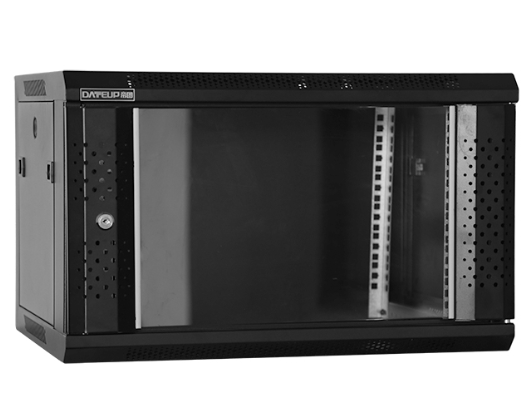News
Site Editor
 Site
https://leonetworkgroup.usa18.wondercdn.com/uploads/image/5fe152faa587d.png
Fiber optic cables are widely used for transmitting high-speed data over long distances. However, like any other type of cable, they can sometimes develop problems that can affect data transmission. Therefore, it is important to test fiber optic cables regularly to ensure optimal performance. In this article, we will outline some methods for testing fiber optic cables.Visual InspectionVisual inspe
Site
https://leonetworkgroup.usa18.wondercdn.com/uploads/image/5fe152faa587d.png
Fiber optic cables are widely used for transmitting high-speed data over long distances. However, like any other type of cable, they can sometimes develop problems that can affect data transmission. Therefore, it is important to test fiber optic cables regularly to ensure optimal performance. In this article, we will outline some methods for testing fiber optic cables.Visual InspectionVisual inspe
How To Test A Fiber Optic Cable
Views: 451
Author: Site Editor
Publish Time: 2023-07-13
Origin: Site
Fiber optic cables are widely used for transmitting high-speed data over long distances. However, like any other type of cable, they can sometimes develop problems that can affect data transmission. Therefore, it is important to test fiber optic cables regularly to ensure optimal performance. In this article, we will outline some methods for testing fiber optic cables.
Visual Inspection
Visual inspection is the first step in testing fiber optic cables. This involves examining the cable for any physical damage, such as cuts, breaks, or bends. Any damage to the cable can cause light loss and affect data transmission. Some common tools used for visual inspection include a microscope, a magnifying glass, or a smartphone camera with a macro lens attachment.
Light Source Testing
Light source testing involves using a light source to send light through the cable and measuring the amount of light that comes out of the other end. This test is used to detect any losses in light transmission due to damage, connection issues, or other factors. The two most common types of light sources used in fiber optic testing are LED (light-emitting diode) and laser.
OTDR Testing
OTDR (optical time-domain reflectometer) is a more advanced testing method that provides a detailed analysis of the cable's characteristics. It uses a laser to send pulses of light through the cable and measures the time and intensity of the reflections. This test can detect issues such as fiber breaks, bends, splices, and connectors that can cause problems with data transmission.
Attenuation Testing
Attenuation testing measures the amount of light loss that occurs as the signal travels through the cable. This test is performed using a power meter and a light source. The tester sends light through the cable and measures the amount of light that comes out the other end. The difference between the two measurements is the amount of light loss or attenuation.
Conclusion
Testing fiber optic cables is an important part of ensuring optimal system performance. Visual inspection is the first step in testing, followed by light source testing, OTDR testing, and attenuation testing. These tests can help identify any issues that may interfere with data transmission and allow for timely repairs. With regular testing and maintenance, fiber optic cables can provide reliable data transmission over long distances.
If you want to know more about industrial network cabinet,china fiber optic splice closure,china fiber optic distribution box,please consult the fiber optic splice closure factory









